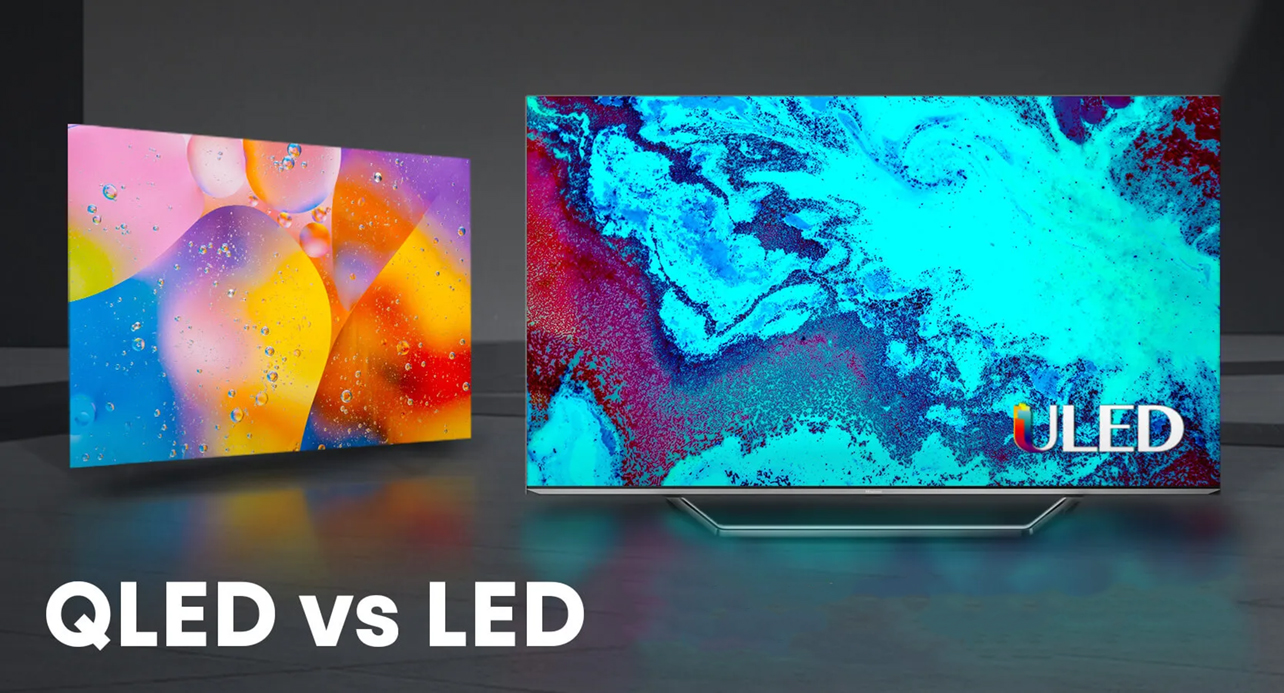
Choosing the right TV can make a significant difference in your viewing experience, and picking the right type and model can really present it for you. When you want to binge on your favourite show, enjoy a blockbuster movie, or game for hours, what you see in front of you matters. There are various display technologies on the market with LED and QLED among the most common, so knowing what separates them can help you make a lasting choice for your home theatre situation.
In this article, we break down everything you need to know about QLED vs. LED TVs, from picture quality and performance to pricing and long-term value. Whether you’re upgrading your home theatre, setting up a new entertainment space, or buying your first TV, this guide will help you choose the best option based on your budget and viewing preferences.
Understanding LED and QLED technology
What is an LED TV?
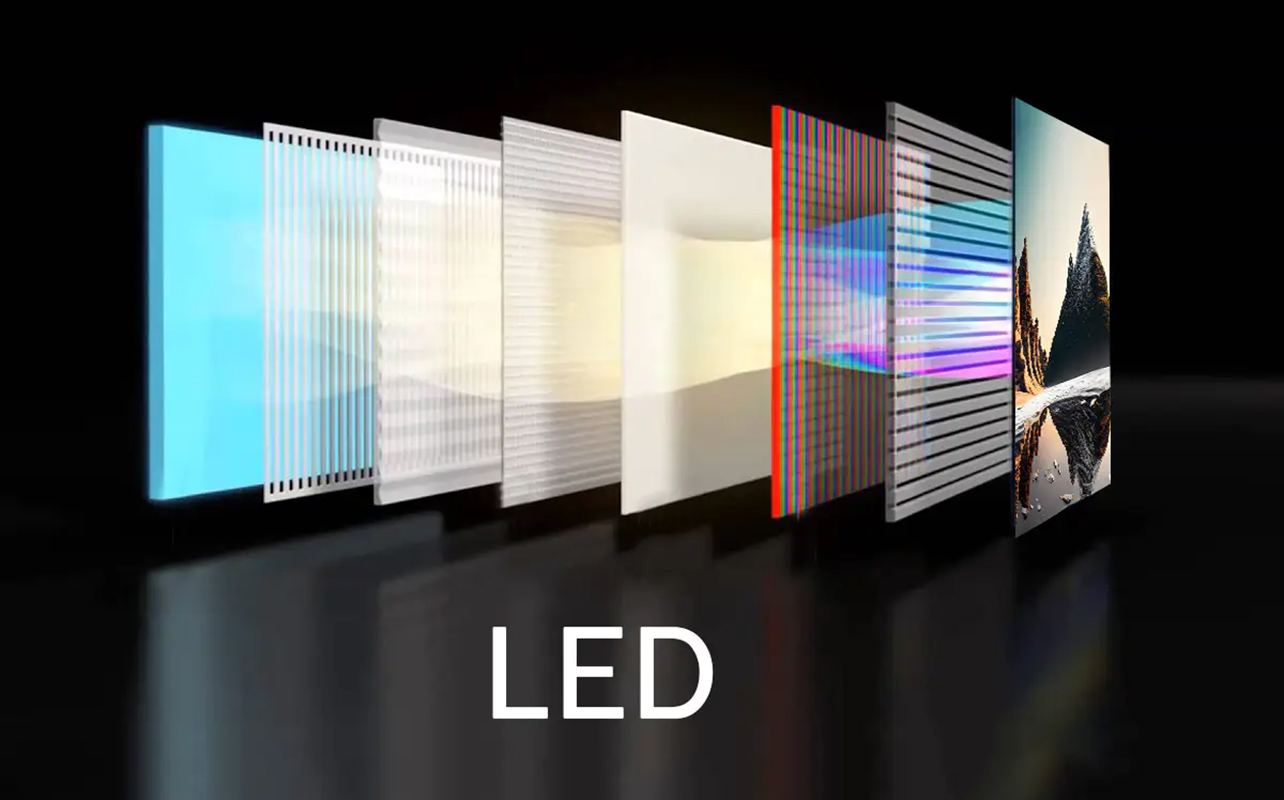
LED TVs are the standard choice for many households today. They use a backlight combined with a liquid crystal display (LCD) panel to produce images. Essentially, an LED TV is an LCD TV with LED backlighting instead of a flourescent panel in the back. TV manufacturers have refined the technology over the years, making LED TVs more affordable, energy-efficient, and widely available in different sizes and resolutions.
Their widespread adoption enables LED TVs to come in various price ranges, which is why they are an accessible option for anyone looking something reliable for everyday viewing. For example, if you need a secondary TV for a guest room, a dorm room, or even your kitchen, an LED TV offers great value without breaking the bank.
What is a QLED TV?
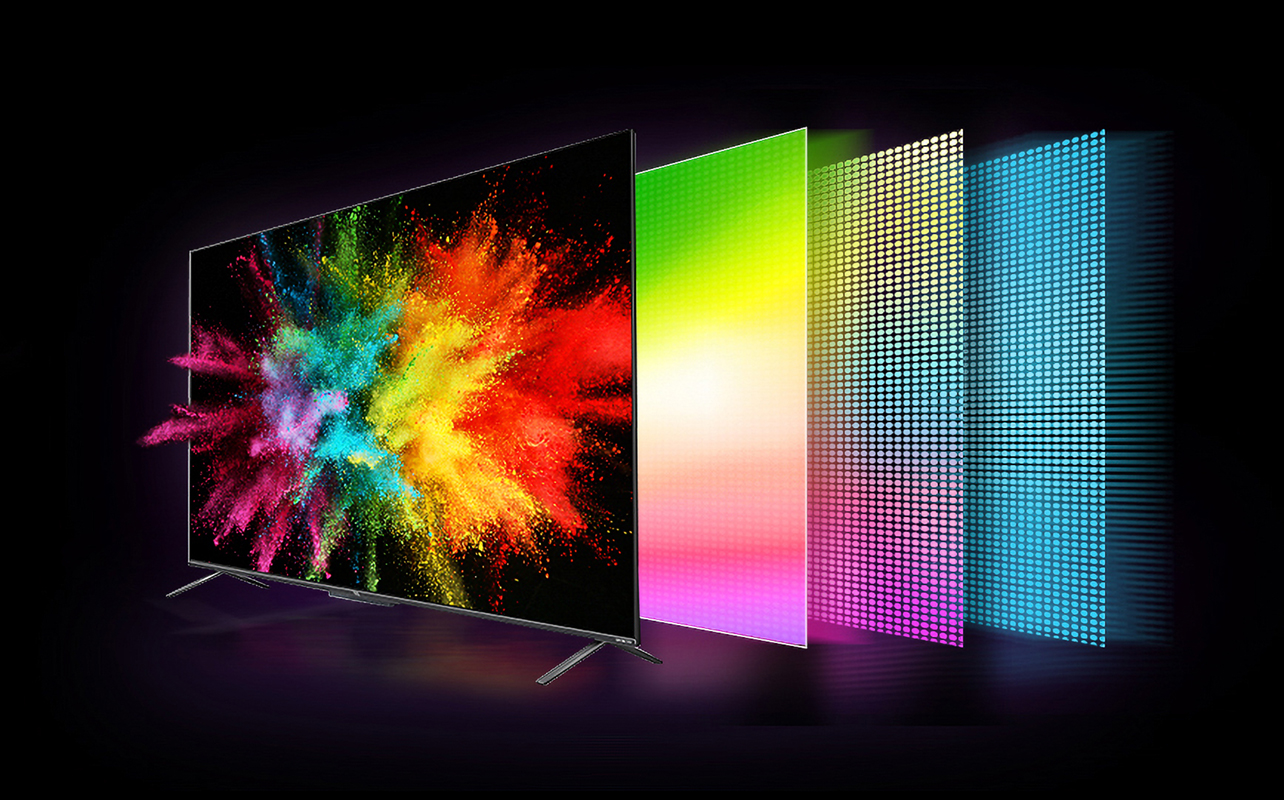
QLED, or Quantum Dot Light Emitting Diode, is an advanced version of LED technology that uses a quantum dot layer to enhance colour and brightness. While still using LEDs for backlighting, the quantum dots act as a filter to improve the colour accuracy and vibrancy of the display leading to deeper contrast and a wider colour spectrum.
This makes QLED a great choice for those who prioritize visual performance and immersive viewing experiences. Imagine watching a visually rich movie like Avatar or playing a high-definition game on a QLED screen where the level of detail and depth in colours can truly make the experience more captivating.
QLED vs LED: key differences
Picture quality and colour accuracy
QLED and LED differ significantly in picture quality, mainly because of how the backlighting works. QLED TVs have an edge in colour vibrancy and brightness because of how quantum dot technology can produce a broader range of lifelike and vivid colours.
You notice this more when watching nature documentaries, animated films, or high-definition sports events, where every detail and shade stands out. For instance, if you’re watching a soccer match, the bright green of the field and the vivid colours of the players’ uniforms will look richer on a QLED vs LED display.
LED TVs, while still offering good picture quality, may struggle to achieve the same depth of colour and brightness as QLED. They are perfectly fine for casual viewing where vibrancy isn’t as necessary, like watching sitcoms, news, or reality shows, but movie buffs will get more from the cinematic look QLED delivers through improved HDR performance. It makes for a more striking home theatre setup when a QLED TV sits as the centrepiece, making movies nights feel as close as possible to what you’d experience in a theatre.
Brightness and contrast
Brightness and contrast play a crucial role in how a TV performs in different lighting conditions. QLED TVs do well in these scenarios because they can achieve higher brightness levels in well-lit environments. If your living room gets a lot of natural light during the day, a QLED TV will help maintain a clear and vibrant image, even when sunlight streams in.
This helps families who watch TV during the day or in spaces with large windows. Think about a daytime talk show or morning news program—the content will remain clear and easy to see without any significant glare.
LED TVs, on the other hand, may struggle in bright rooms because their contrast levels aren’t as strong. Darker scenes in movies and shows may appear washed out, particularly if the TV is positioned in a place with excessive glare. You should consider that if you like to watch a lot of content that relies on deep blacks and shadows, such as thriller films or sci-fi series. If you frequently watch movies like Interstellar or The Batman, where dark cinematography plays a crucial role, an LED TV might not deliver the same level of detail as a QLED.
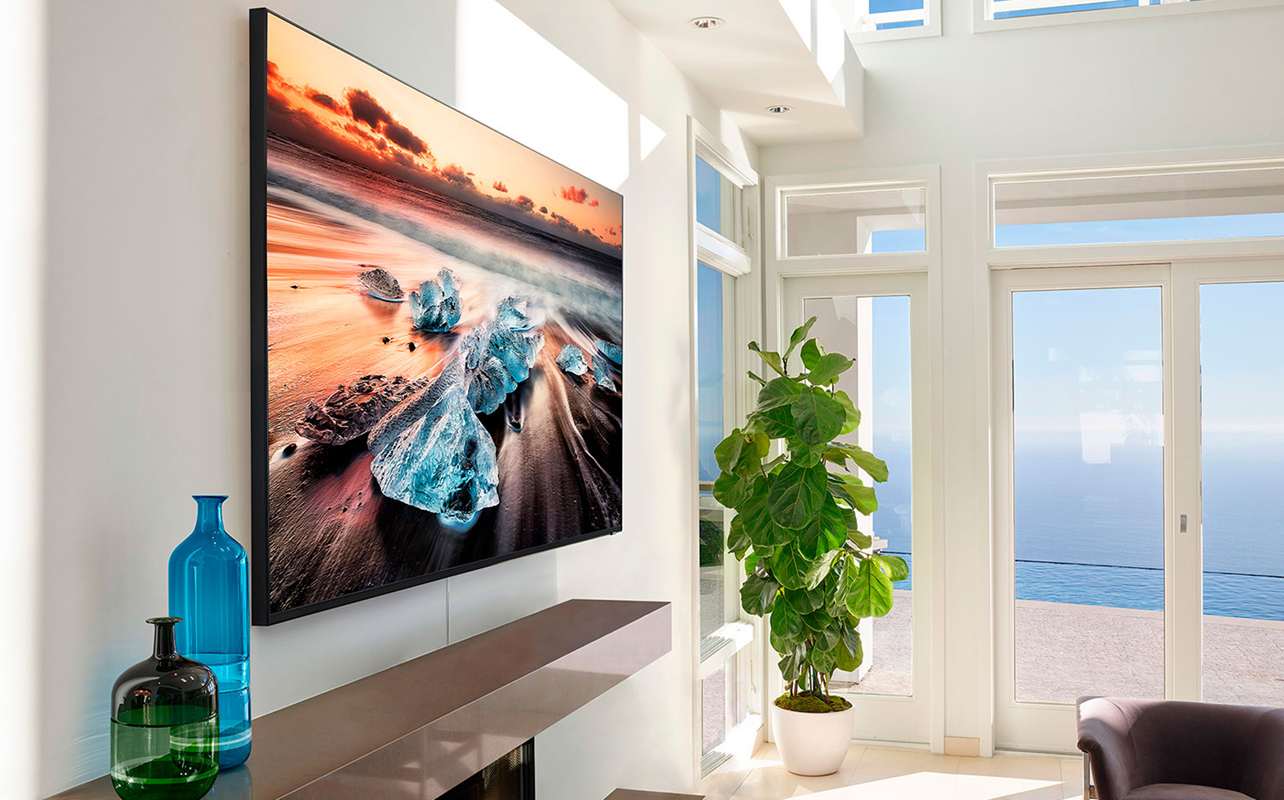
Viewing angles and motion handling
You also have to think about viewing angles and motion handling as important factors, especially if multiple people will be watching the TV from different positions. QLED TVs generally perform better in this regard, maintaining consistent image quality even when viewed from the side.
This makes them an ideal option for family movie nights or sports gatherings where people are seated at various angles. For instance, if you’re hosting a Super Bowl watch party, a QLED TV ensures that everyone can still get a great view of the action no matter where they sit in the room.
Since LED TV panels can vary, so can the viewing experience. LED TVs using IPS panels may provide decent viewing angles but with weaker contrast. Others using VA panels could offer better contrast yet lose colour accuracy when viewing them from the side. If you have a dedicated viewing space with a fixed seating arrangement, this may not be a major issue, but for larger rooms with flexible seating, QLED is the better option.
Durability and lifespan
When it comes to durability and lifespan, both LED and QLED TVs are designed to last for years. LED TVs are known for their energy efficiency and long operational life, making them a reliable investment for budget-conscious buyers.
QLED TVs, however, are engineered to maintain colour accuracy for a longer period. This means that even after years of use, a QLED TV will continue to deliver vibrant visuals without significant degradation. For those planning to keep their TV for a long time without worrying about fading colours, QLED may be the smarter long-term choice.
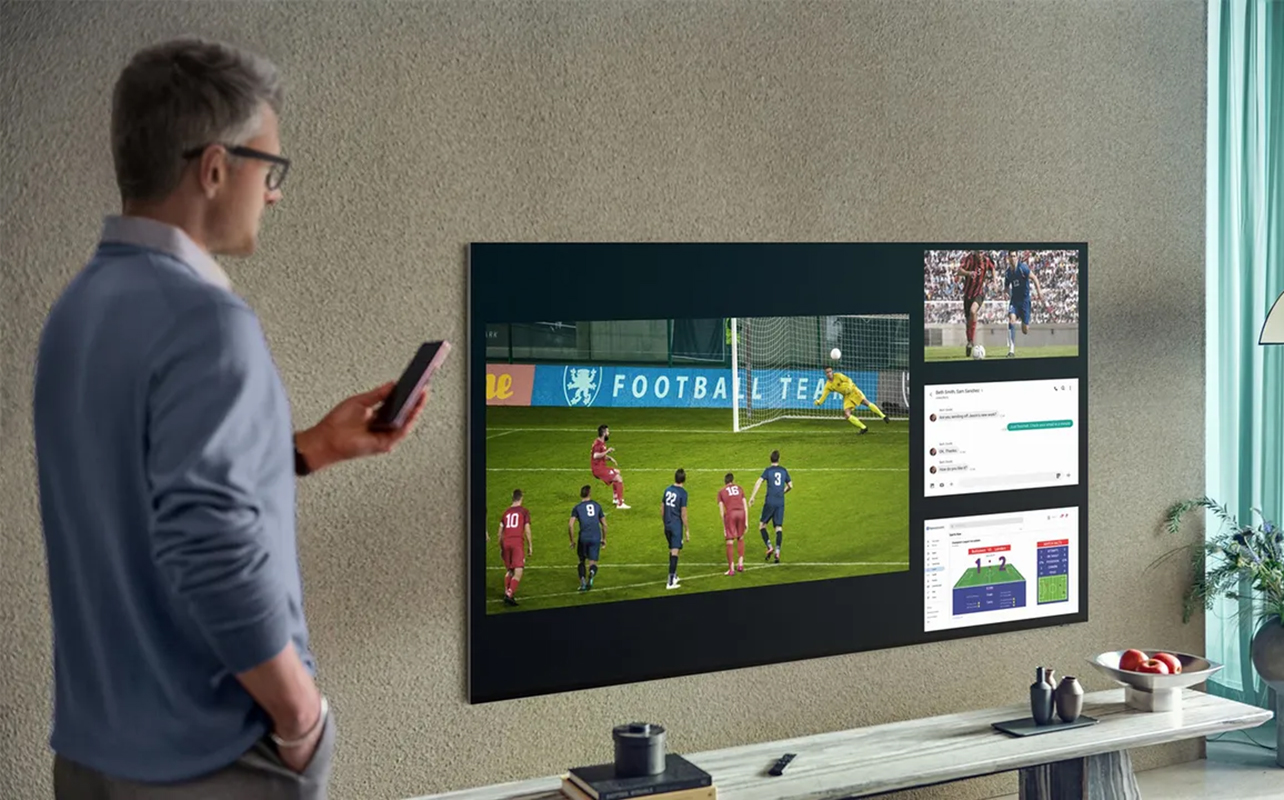
Pros and cons of LED
| Pros | Cons |
|---|---|
| More affordable and widely available | Less vibrant colours compared to QLED |
| Varying sizes and panel types | Backlight technology doesn’t really change |
| Energy-efficient and reliable for everyday use | Limited contrast and brightness in darker scenes |
Common use cases
- Budget-conscious buyers who want a reliable, everyday TV
- Casual viewers who primarily watch cable, sports, or streaming content
- Smaller rooms where extreme brightness and colour accuracy are not top priorities
Pros and cons of QLED
| Pros | Cons |
| Superior brightness and colour accuracy | Higher price point than standard LED |
| Ideal for well-lit rooms and HDR content | May experience backlight blooming in certain situations |
| Increased lifespan due in part to quantum dot tech | Typically available in larger sizes |
Common use cases
- Movie enthusiasts who want the best picture quality and colour depth
- Gamers looking for higher refresh rates and faster response times
- Bright rooms where standard LED TVs may struggle with glare and contrast
LED vs QLED: price comparison
Cost differences
- QLED TVs generally carry a higher price tag due to advanced quantum dot technology.
- LED TVs remain more affordable, making them accessible to a wider range of buyers.
If you prioritize superior picture quality, HDR performance, and bright-room visibility, the extra cost of QLED may be worth it. However, if you’re looking for a budget-friendly, reliable TV, LED offers excellent value.
Long-term investment considerations
Both QLED and LED TVs are built to last, but QLED panels tend to maintain their colour accuracy better over time. If you plan to keep your TV for many years, investing in QLED vs LED might provide better value.
Which TV is right for you?
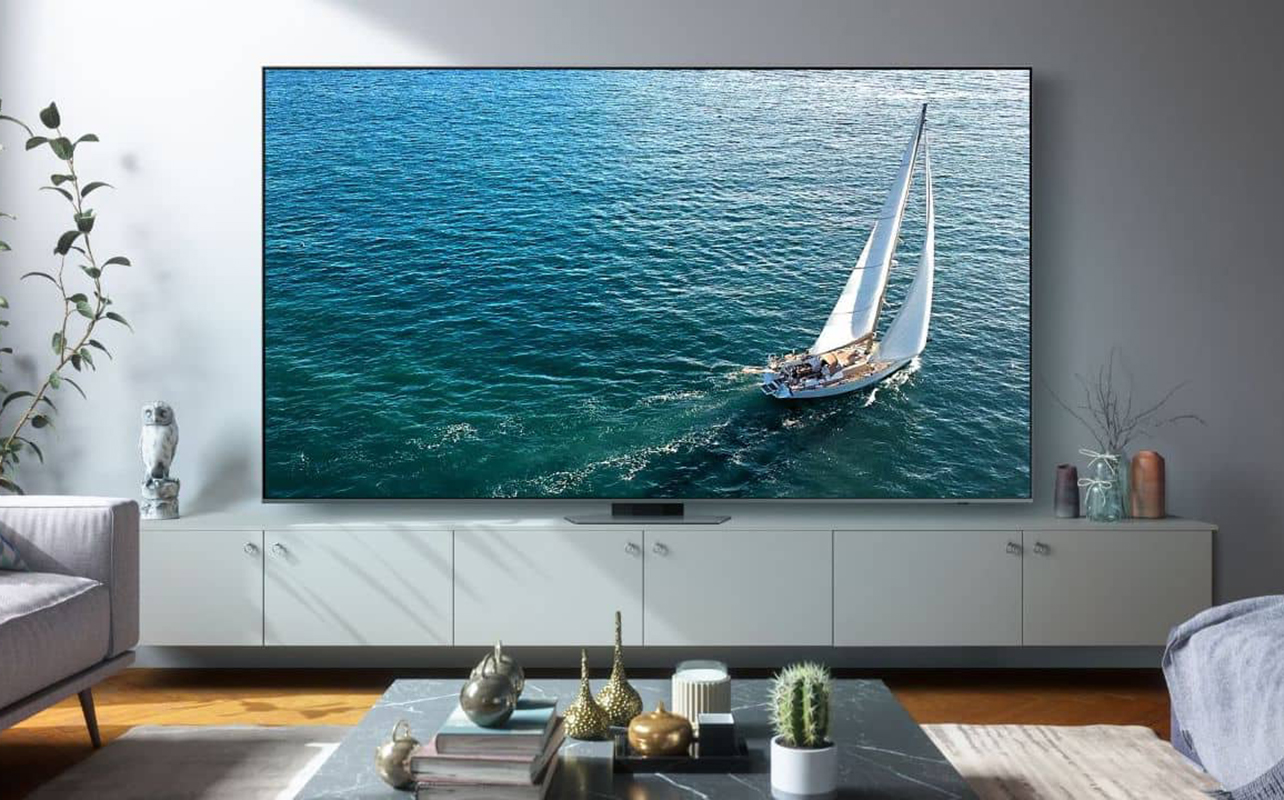
Everyday TV watching
LED is a solid, budget-friendly option for casual viewers who watch cable, sports, or streaming services. QLED, however, presents an extra level of quality because of how it displays colour and contrast.
Movie lovers and HDR content
That makes QLED better suited to a more immersive viewing experience for movie nights when you want content to look rich and vibrant.
Gamers
QLED TVs often feature higher refresh rates and faster response times, reducing motion blur and lag for a smoother gaming experience. LEDs have never been great in that respect, though can find some models with 120Hz refresh rates these days.
Bright rooms vs. dark rooms
- Bright rooms: QLED is the better choice due to its higher brightness that can offset glare from ambient light.
- Dark rooms: LED can still provide a great experience, though high-end models with local dimming perform better.
Upgrade your TV experience
QLED: Offers superior brightness and colour vibrancy, making it ideal for well-lit rooms and HDR content. LED TVs are a budget-friendly, energy-efficient option perfect for everyday viewing.
Explore more TVs
Shop a wide selection of TVs at Best Buy Canada and find the perfect match for your home. Want to learn more about different TV technologies? Check out our other TV comparison articles for more insights.
Frequently asked questions
Which is better, QLED or LED?
QLED offers better colour accuracy, brightness, and contrast, making it the superior choice for those seeking the best picture quality. Conversely, LED is more budget-friendly and still delivers a great viewing experience for everyday use.
Is QLED better than 4K LED?
Yes. While both QLED and standard LED TVs can offer 4K resolution, QLED improves upon standard 4K LED with enhanced colour accuracy, brightness, and contrast, thanks to quantum dot technology.
Is QLED worth the extra money?
If you value high-quality visuals, better HDR performance, and a brighter display, QLED is worth the investment. However, if you’re looking for a cost-effective, reliable TV, LED is still a great option. If you’re thinking about other options, you can also check out how LED TVs line up against OLED panels.
Choosing between QLED vs LED depends on your budget, viewing habits, and room lighting conditions. Whether you prioritize affordability or premium picture quality, there’s a perfect TV for you at Best Buy Canada.
This article was drafted using AI technology and then reviewed, fact-checked, and revised by a member of our editorial team.





